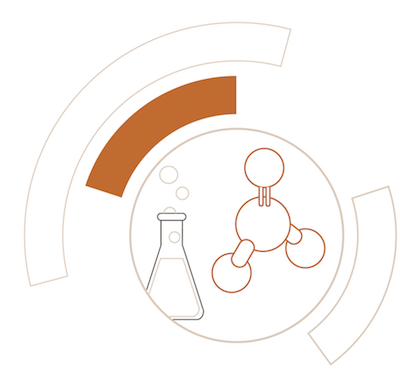
We often hear: "It's a certified low formaldehyde emission panel!"
But should this sentence really comfort us by assuring us that the panel is compliant and can be sold in any country in the world?
It is sad to say...but...NO! This is not the case: international legislations are extremely various and, it goes without saying, so are the compliance requirements for export. The difference in limits is not only among countries but also among different types of panels.
Furthermore, big manufacturers in the furniture industry take the compliance requirements and impose them as limits on their suppliers.
With this paper we would like to show you how, through the CQA certifications of low-formaldehyde-emission panels, CATAS can support panel users in choosing the certified product that complies with their intended use and the country which they intend to export the product to.
In fact, CATAS has created the CATAS Quality Award Formaldehyde mark, to which many companies also adhere in order to meet the demands of some international operators who require their suppliers not only to produce panels that comply with the limit, but also to have them systematically tested by their trusted laboratories. The compliance requirement is 0.1 ppm (Ministerial Decree 10/10/2008), which is mandatory for sale in Italy.
The CQA Formaldehyde label was implemented after the entry into force of a law in Germany on 1 January 2020 (BAnz AT 26.11.2018 B2), which establishes that all wood-based products placed on the German market for any use (furniture, construction, packaging) must comply with a limit of 0.1 ppm obtained using the EN 16516 test method, although the EN 717-1 method is also recognized.
This "new" method, when compared to EN 717-1, involves less air exchange and higher sample load inside the test chamber. This means that the emission requirement to comply with the German law is halved.
Another certification scheme is the CQA Formaldehyde 4 Stars where compliance with the formaldehyde emission limits requested by the Japanese market, very restrictive for all wood-based materials, is verified using the dryer method, standard JIS A 1460. Actually, they must be less than or equal to 0.3 mg/l.
The FOR LAM, CQA Formaldehyde LAMINATED scheme, on the other hand, applies to wood-based panels, already CARB or TSCA Title VI (EPA) certified, coated, that is LAMINATED. The requirement to be met is 0.65 mg HCOH/m2 h.
And last but not least, the CARB and EPA certifications, for which CATAS is recognized as third-party certifier (TPC 016); both apply to raw particleboard, raw fiberboard and flat plywood only.
What is new for these schemes will be that ... from March 2024, the panels, if veneered with wood or bamboo (woody grass veneer) using urea-formaldehyde resins, will have to comply with the 0.05 ppm limit for Laminated Products.
For info:Giada Destrini
+39 0432 747254
destrini@catas.com
